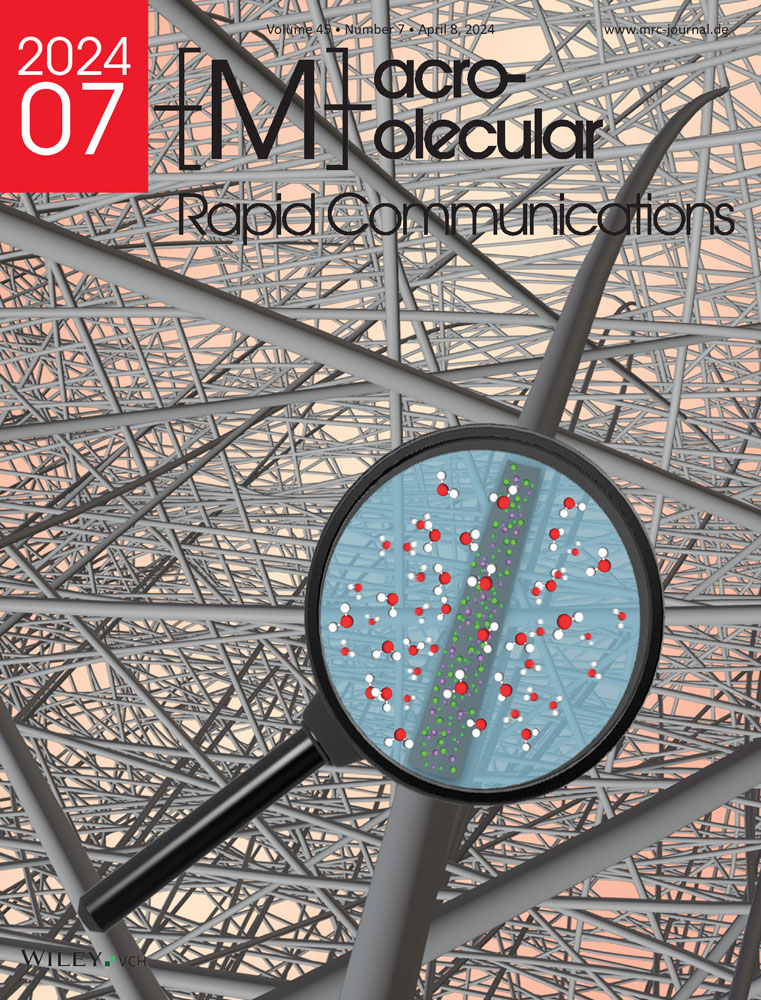Polar Molecules Regulating the Regio- and Stereoselectivity of Polymerization of Conjugated Dienes Catalyzed by CGC-Type Rare-Earth Metal Catalysts
Abstract
Herein, a concise, effective, and scalable strategy is reported that the introduction of polar molecules (PMs) (e.g., anisole (PhOMe), phenetole (PhOEt), 2-methoxynaphthalene (NaphOMe), thioanisole (PhSMe), and N,N-dimethylaniline (PhNMe2)) as continuously coordinated neutral ligand of cationic active species in situ generated from the constrain-geometry-configuration–type rare-earth metal complexes A–F/AliBu3/[Ph3C][B(C6F5)4] ternary systems can easily switch the regio- and stereoselectivity of the polymerization of conjugated dienes (CDs, including 2-subsituted CDs such as isoprene (IP) and myrcene (MY), 1,2-disubstituted CD ocimene (OC), and 1-substituted polar CD 1-(para-methoxyphenyl)-1,3-butadiene (p-MOPB)) from poor selectivities to high selectivities (for IP and MY: 3,4-selectivity up to 99%; for OC: trans-1,2-selectivity up to 93% (mm up to 90%); for p-MOPB: 3,4-syndioselectivity (3,4- up to 99%, rrrr up to 96%)). DFT calculations explain the continuous coordination roles of PMs on the regulation of the regio- and stereoselectivity of the polymerization of CDs. In comparison with the traditional strategies, this strategy by adding some common PMs is easier and more convenient, decreasing the synthetic cost and complex operation of new metal catalyst and cocatalyst. Such regio- and stereoselective regulation method by using PMs is not reported for the coordination polymerization of olefins catalyzed by rare-earth metal and early transition metal complexes.
Conflict of Interest
The authors declare no conflict of interest.
Open Research
Data Availability Statement
The data that support the findings of this study are available in the supplementary material of this article.




